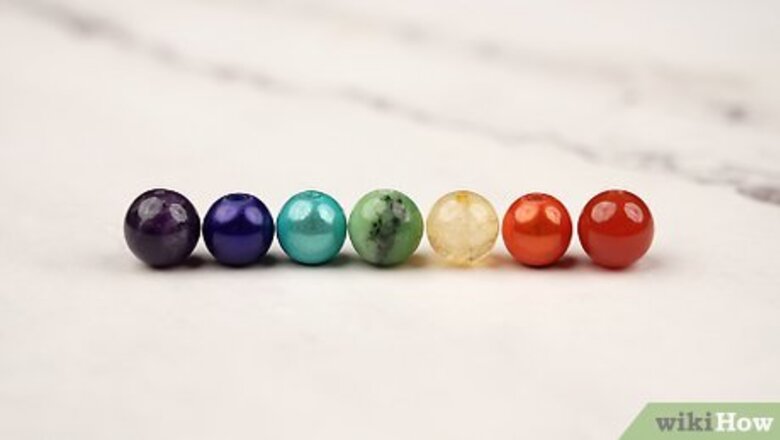
views
Check for fewer than 8 different bead colors.
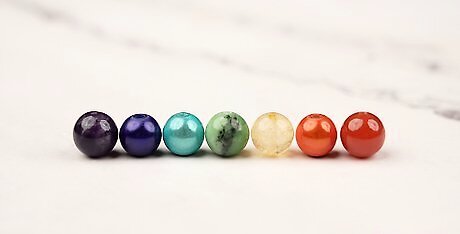
Real chakra bracelets have 8 different types of beads. About 75% of the chakra bracelet is made with black beads, with individual red, orange, yellow, green, blue, indigo, and clear (or purple) beads making up the other 25%. If the bracelet is missing a blue bead or has a random, hot pink bead strung along, it’s probably a fake. Each bead color is made out of a specific material, and correlates with a specific chakra: Root Chakra: Black or red onyx Sacral Chakra: Orange carnelian Solar Plexus Chakra: Yellow citrine Heart Chakra: Green aventurine Throat Chakra: Blue agate Third Eye Chakra: Indigo lapis lazuli Crown Chakra: Clear quartz or amethyst Some artisans make their bracelets with other precious stones, minerals, and crystals, like topaz, tiger eye, malachite, and aquamarine. What matters most is that the bracelet is made with pure, authentic stones, rather than plastic and resin. Chakra bracelets with a single bead color throughout are the only exception to the 7-bead rule. These bracelets are designed to help you connect and resonate with a specific chakra, rather than all 7.
Look for slightly uneven holes in the beads.
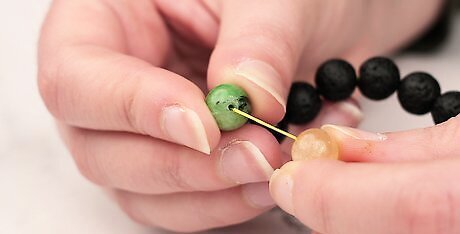
Real chakra beads often get dented or dinged during the drilling process. Take a close look at the edge of each bead as it sits along the string. Do the edges of the drill hole look smooth and consistent, or slightly rough and uneven? Fake chakra bracelets often have smooth, unblemished drill marks, since the beads are made with plastic or other low-grade materials that are easy to drill through. Real chakra beads are made with actual minerals and gemstones, so the beads are much more likely to chip when drilled into.
Inspect the beads with a magnifying glass.
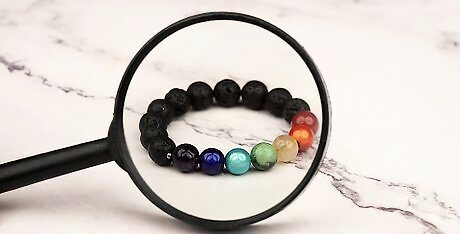
Fake beads often have machine tool marks. These are perfectly straight lines or grainy marks left behind by a machine, and are a good sign that your bracelet isn’t legit. Glass beads often have these marks, rather than authentic stones and minerals.
Check for a colored stain on your bracelet string.
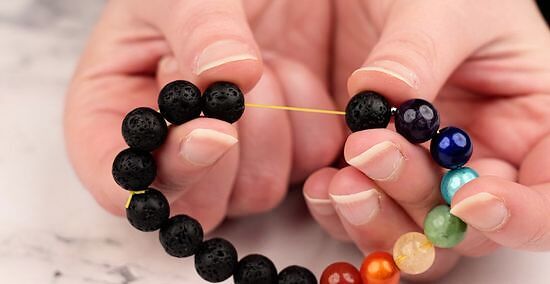
Fake chakra beads are often painted, which may stain the string. Pull some of the chakra beads to one side so you can get a close look at the string underneath. Do you notice any colorful smudges or marks along the string? If so, the seller/crafter likely painted over the beads and strung them on before they were dry. Many chakra bracelets are made with white strings, but some artisans might use a different color for their products. Whatever the case, make sure the string is totally clean and unstained.
Rub the beads with nail polish remover.
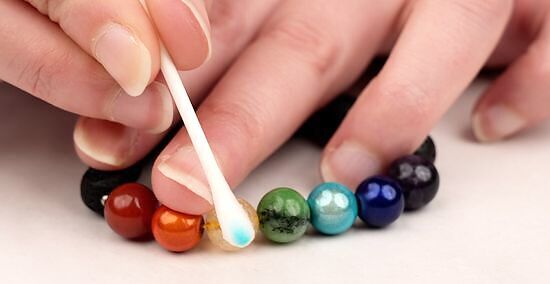
Fake beads are often dyed in specific colors. Dip a cotton swab in a tiny bit of acetone and wipe it over the surface of the bead. If the swab picks up a splotch of color, it means that the beads were dyed rather than cut from an actual gemstone or mineral. You can also lightly scrape the bead with the end of a safety pin to see if any coloring comes off. Only do this if you’ve already bought the bracelet, though!
Feel the beads and see if they’re cool.
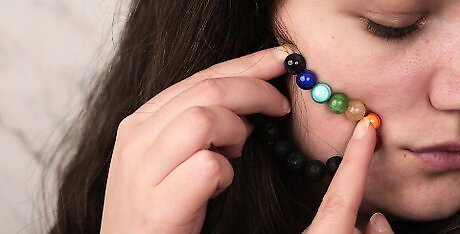
Fake stones won’t feel cool to the touch. Pick up the bracelet and hold it up against your cheek. Real gemstones and minerals are naturally cool and will feel cold against your skin. Plastic and other low-quality materials won’t feel cool, which is a good sign your bracelet is a fake.
Ask the seller what the beads are made of.
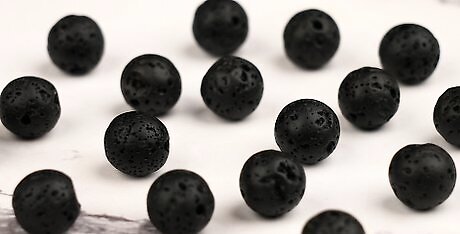
A knock-off seller won’t know any specific details about the product. Gimmicky sellers may try to hype up their bracelets by giving the gemstones and minerals misleading or made-up names, like “opulent garnet.” A legitimate seller knows exactly what the bracelet is made of, and will happily be willing to tell you. Some knock-off sellers might not even know what the bracelet is made of, which is definitely a bad sign.
Look for duplicates of your bracelet online.

A mass-produced chakra bracelet is a red flag. It’s not necessarily bad if a seller has multiple bracelets for sale—even artisans have multiple bracelets in stock at a time. Instead, check out big retail sites like Amazon or eBay and see if the brand/seller has bracelets for sale. If they’re available on a large scale, they’re likely made with either low-quality or outright fake materials. Don’t worry if the brand/seller pops up on a site like Etsy. A lot of artists and crafters use online marketplaces that cater to handmade goods.
Beware of false advertising promises.
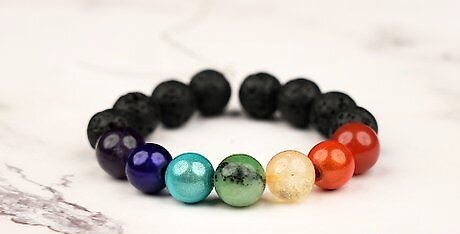
Real chakra bracelets aren’t meant to work miracles. These special bracelets are designed to help you better resonate and connect with your chakras—that’s it! Any bracelet that claims to get you a winning lottery ticket, a high-paying job, or your dream car is a fake, and the seller is using these false promises to sell lots of merchandise. Regular chakra meditation definitely can offer fulfillment, clarity, and other long-term benefits, but it isn’t meant for instant gratification.


















Comments
0 comment